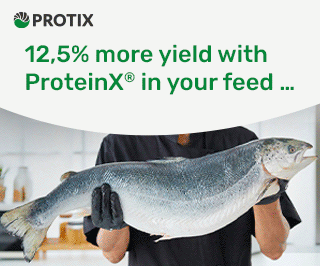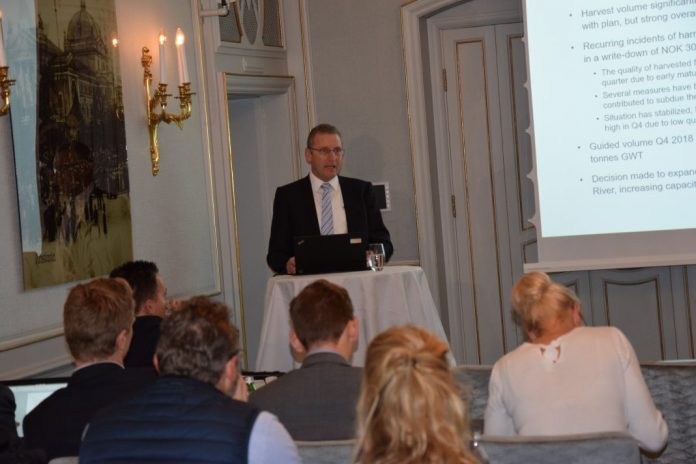High production cost are up because of health issues. CEO, Grieg Seafood, Andreas Kvame, said that the company is now turning in a profit everywhere apart the Shetland Isles, where they are still working on solutions for recent poor fish health record.
“It is important to find best practice in all regions, and then take action. What works for us in Finnmark and Rogaland doesnt necessarily work in the Shetlands,” Kvame said.
That’s not how it’s been. Grieg reported that the fish health in Finnmark was very good and problems they have had in Rogaland were disappearing altogether. But on the other hand, poor gill-related diseases on Shetland towards the end of the third quarter, set Greig back in the region.
“There were two choices. Either we could harvest the fish or we could try to put in action hope of a recovery for the fish,” Kvame said.
Grieg Seafood went for the first option and harvested the fish. Early harvesting lowered the quality of the fish and resulted in high costs per kg and lower price of parts of the volume.
Despite these issues, Grieg Seafood isn’t changing its 2020 ambitions. Better monitoring of algae and treatment in freshwater is two of the measures that were drawn up in the quarterly report for the third quarter.
“We shall have biological control before continuing growth. We are confident that we will get it. We must learn and adapt to the region, and we do. As I mentioned, “best practice” is not the same for different areas, so we need to spend time finding measures that work,” Kvame said.
Another measure Kvame put forward for Grieg to avoid problems in the future was to switch nets instead of washing them. According to Kvame, this will not have any additional costs.
“It’s like changing one for one,” he says.
In the quarter, Grieg Seafood wrote off EUR 1.9 million in the Shetlands region because of disease and lice treatment.



